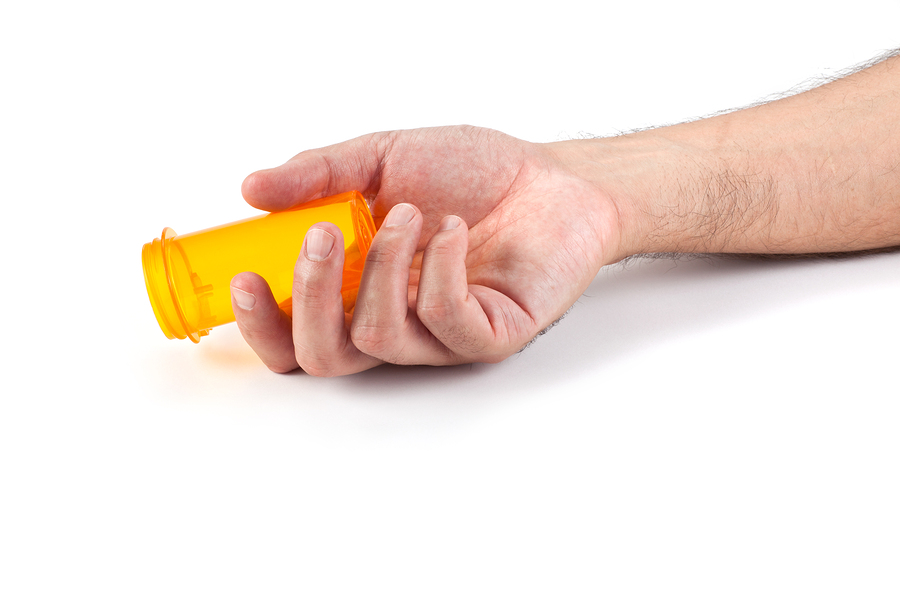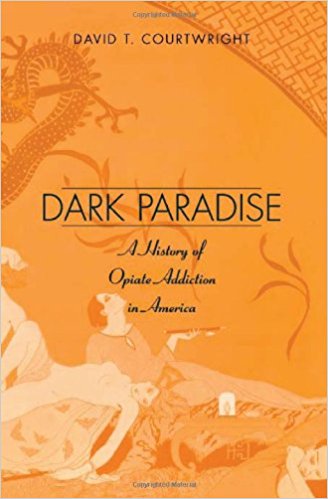My Opioid Dependency Turned into Addiction
/By Jim Best, Guest Columnist
When I was in my early 40’s, I had an accident at work that injured the discs in my lower back. I tried physical therapy, but after three months of little improvement they performed a discectomy.
The surgery was successful and I had very little pain until a year later, when I re-injured the same area. I was taken to the hospital in an ambulance and a neurosurgeon decided I needed emergency surgery and performed a laminectomy. This time, the pain came back after less than six months. I was in constant pain (most days rated somewhere between a 6-8) and unable to work.
The next ten years included numerous trips to various providers, including pain specialists. I was evaluated by orthopedists and neurologists, and informed I was not a good candidate for spinal fusion surgery due to my overall body structure. They took more than a dozen MRI’s and I was subject to painful spinal injections on a regular basis.
I was also given a discogram, which is an extremely painful diagnostic procedure involving the insertion of needles into the spinal discs. The pain was so severe from this procedure that I passed out. The results were “inconclusive.”
During those ten years I was also introduced to opiate medication. They started me off on Vicodin and I was eventually prescribed OxyContin by my regular doctor. I took relatively small doses to start, but it didn’t take too long before I was being prescribed larger and larger doses.
What I didn’t know was that the more I took, the more I thought I needed. This is known as opioid-induced hyperalgesia, a syndrome in which people can become hypersensitive to painful stimuli due to prolonged use of opioids.
Although at the time I was sure that had nothing to do with my case, now I see where it made perfect sense and I should have ceased my opiate use immediately. However, I continued to use for five additional years.
JIM BEST
An important part of my story concerns my addiction to alcohol, which I stopped using in 2005. I was a stalwart member of AA up until 2015, when I had a relapse. I never really discussed my use of painkillers with other people because I was afraid they would think I might have a problem with pills. Of course, they would have been correct, but I fooled myself into thinking I was okay.
That is part of the self-delusion of any kind of drug use, but perhaps more so with opiates because they were prescribed by a doctor and because I felt I had a legitimate reason for using them -- a rationalization I maintained even when I was using far more than prescribed.
Looking back, I do not believe I should have ever been prescribed opioid medication due to my addictive personality. I don’t blame the doctor who prescribed them to me. I would tell her horrible stories of not being able to get out of bed without the pills, or how some days all I could do was sit in a chair and cry. I believe that as a physician (as well as a caring and compassionate human being), she was concerned with my pain and truly thought she was doing what was in my best interest.
It’s important to make one fact clear: I was in pain. Although I certainly hyperbolized my symptoms to my doctor, girlfriend and a few others, I did have daily chronic pain. And I was dependent on the drugs to provide some modicum of relief.
There came a time, however, when the dependency turned into an addiction. I literally could not function without large doses of the drugs. I also began to abuse them by taking more than prescribed and taking them in non-prescribed methods such as snorting.
The end of my use came when I got busted by my doctor. She caught me in one of the myriad of lies I had to tell because I would run out of pills before the next prescription was due. She gave me a script for 10 Xanax and basically told me good luck.
I went through withdrawal for a few days and then, after almost ten years of sobriety, I started to drink again. Eventually, I ended up in treatment. I admitted to the counselors at the treatment center that opioids were also “sort of a problem.” Luckily, they saw through the lie and I was put on Suboxone. I still take the Subs because they help with the pain and I don’t have the urge to use anymore.
I still experience daily pain. Some days it is bad enough that I have to be very careful with how much I exert myself. But I manage to get by without the pills.
As an aside, I feel like the current restrictions being put on opioid medications are too extreme. Not everyone that takes them has a problem and by restricting them, as many states currently are, they are making life very difficult for the ones using them responsibly.
What other people do is their business. For myself, taking such medications is no longer an option. I hope this story helps someone.
Jim Best lives in Minnesota.
Pain News Network invites other readers to share their stories with us. Send them to editor@painnewsnetwork.org.
The information in this column should not be considered as professional medical advice, diagnosis or treatment. It is for informational purposes only and represents the author’s opinions alone. It does not inherently express or reflect the views, opinions and/or positions of Pain News Network.




























